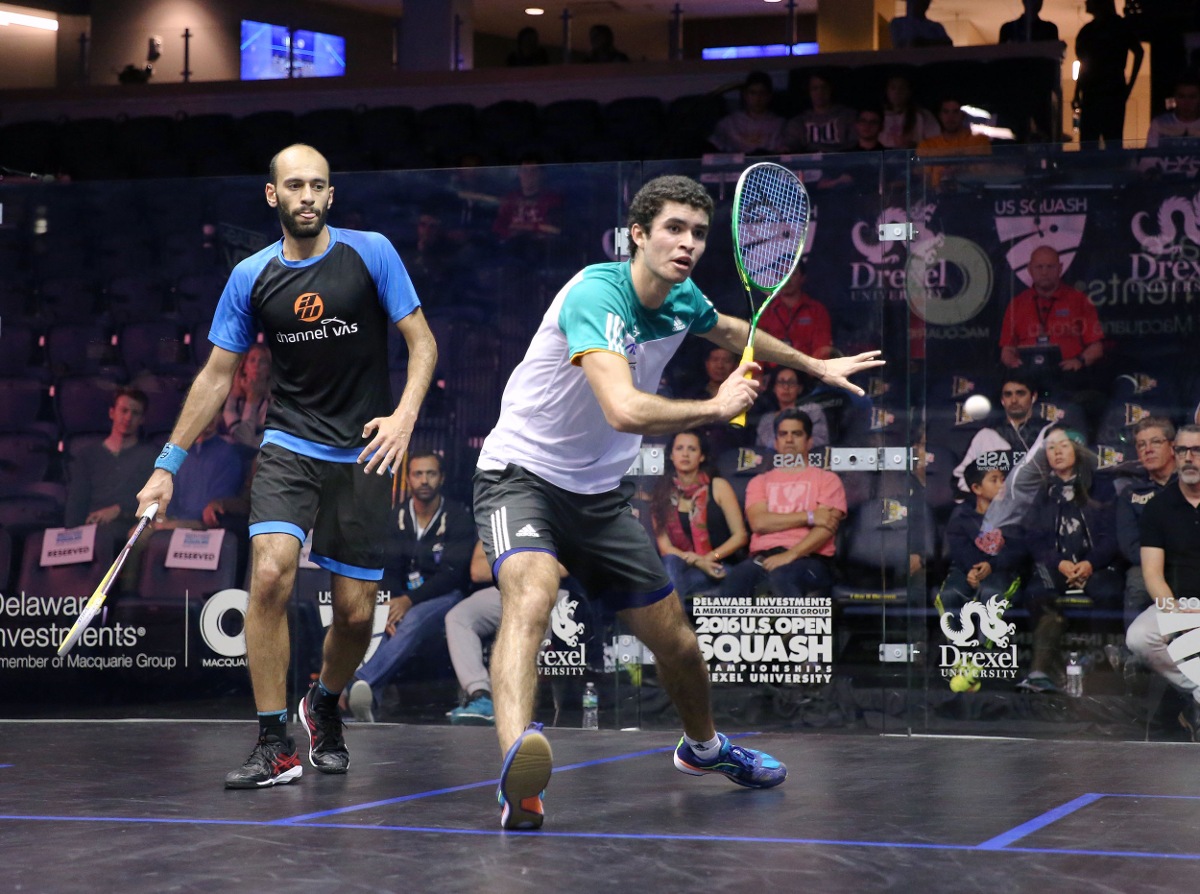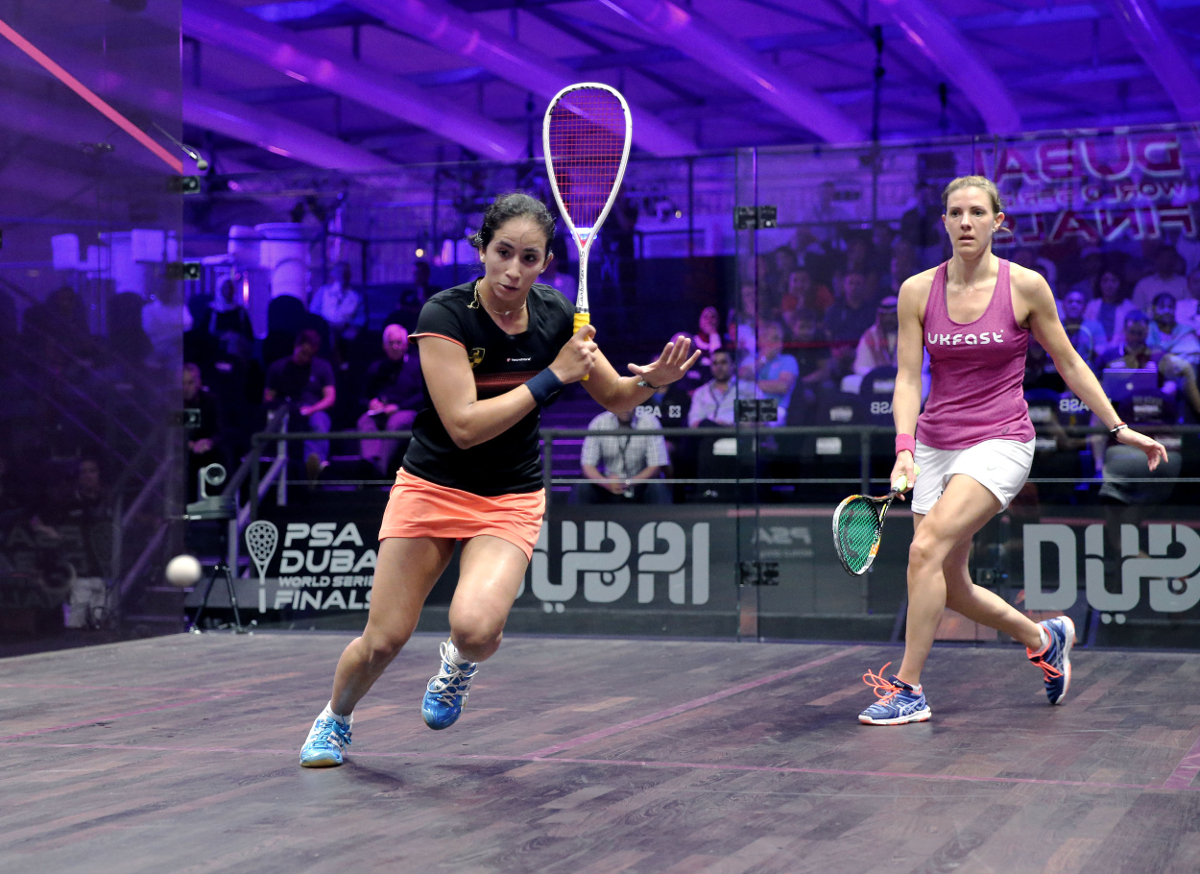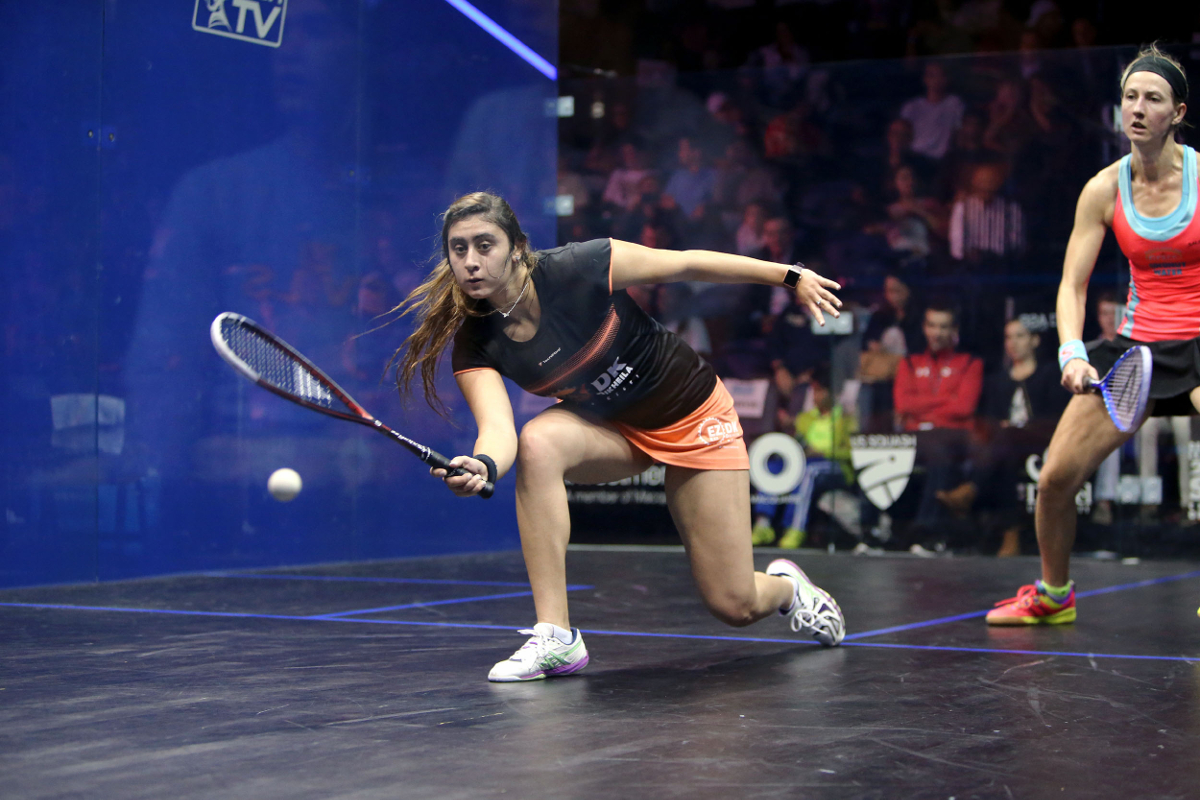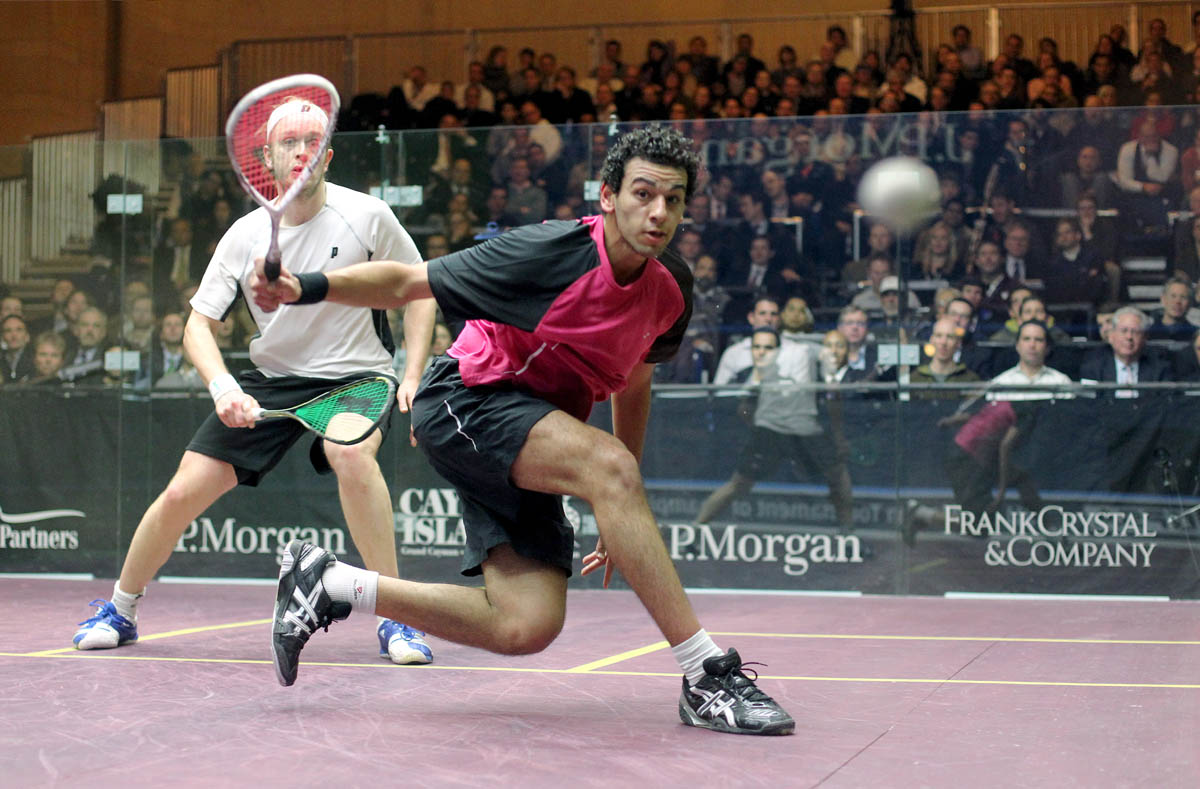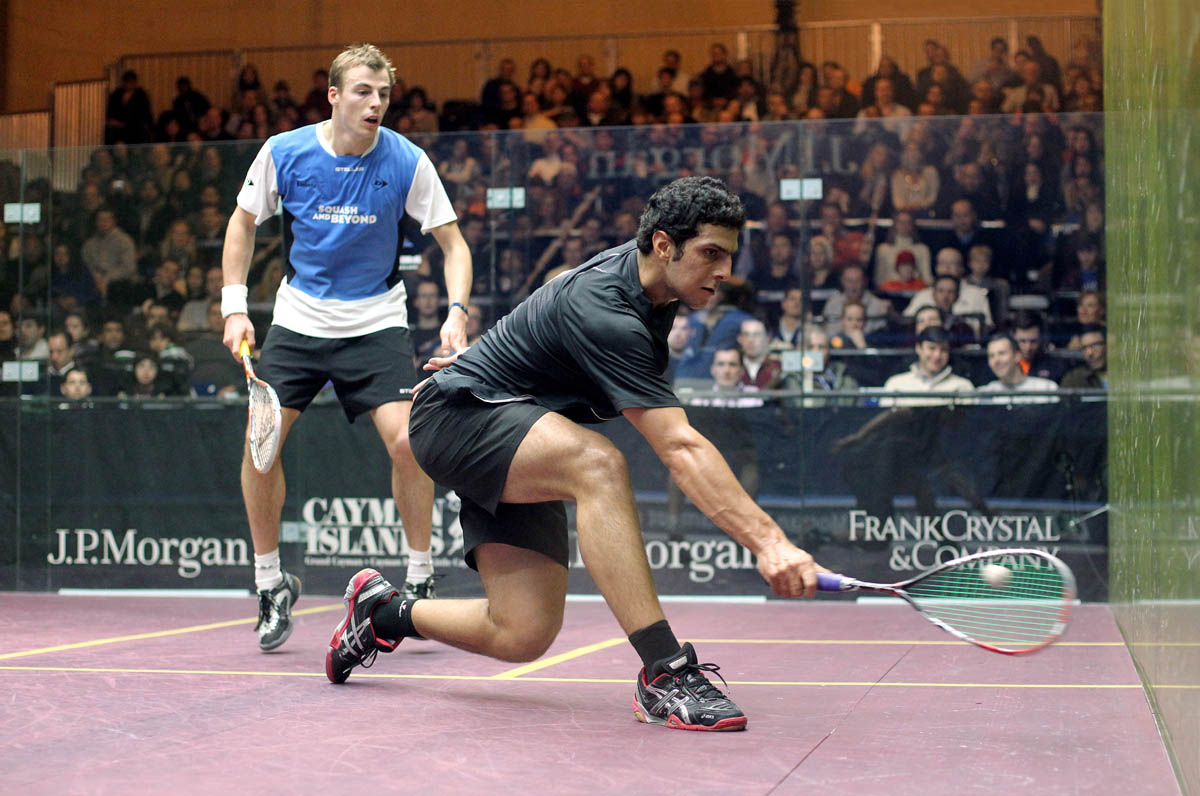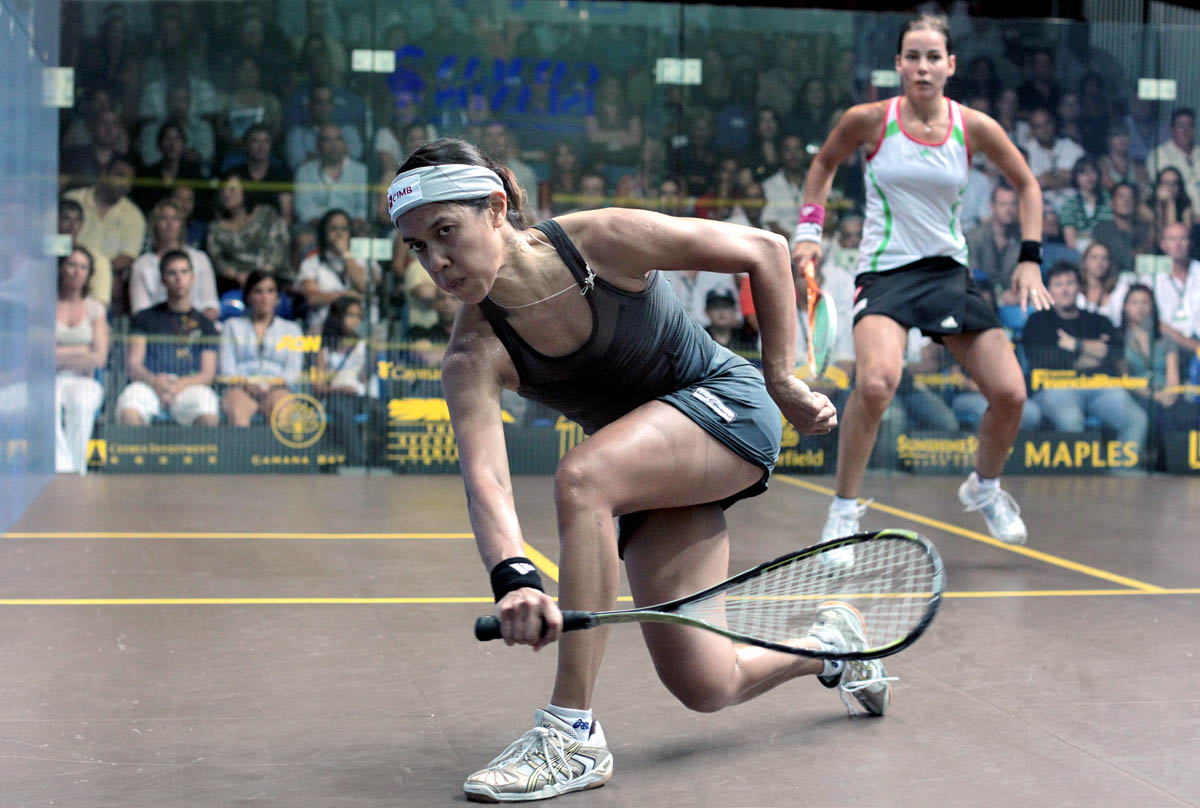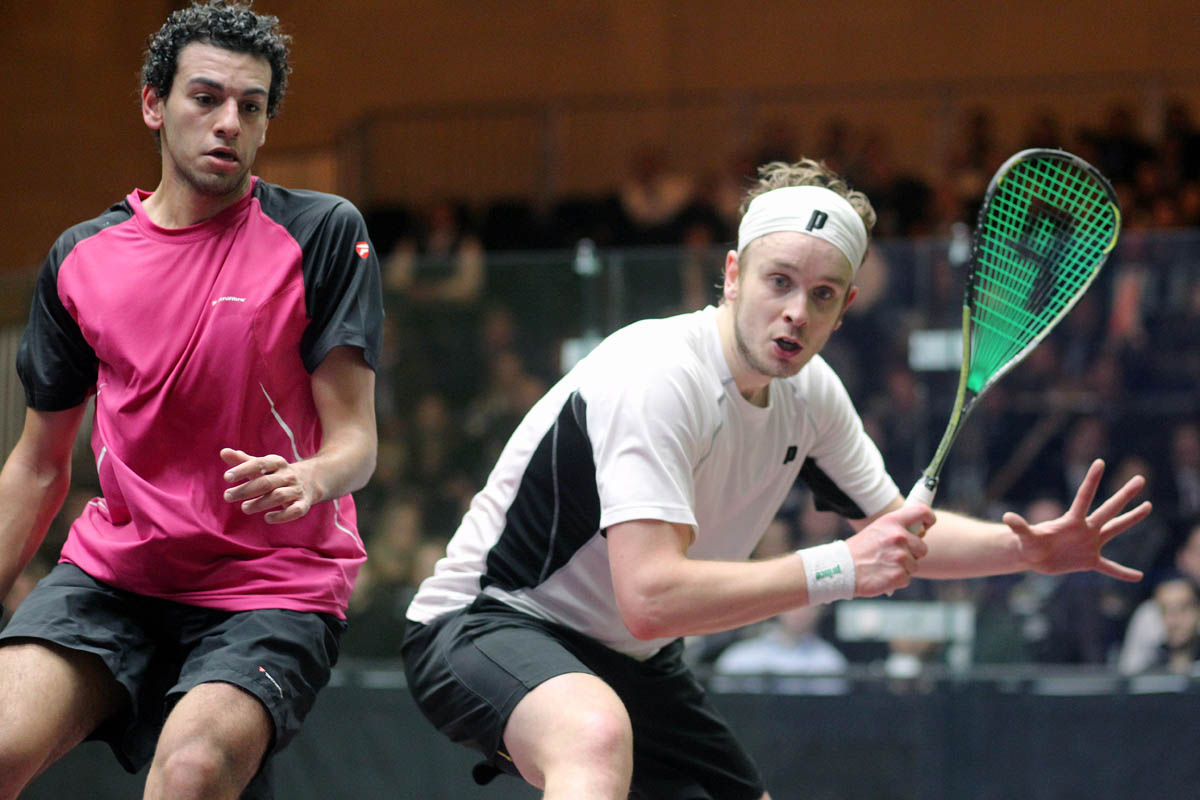One Feeder Routines - Forehand
Forehand Open Plane Swing
Introduction
As previously stated the basic forehand technique is not a singular basic technique but a basic swing which enables three other basic swings. Initially, the Forehand Open Plane Swing should be learnt using Goal Setting and Sequencing as this swing is the natural initiator of the other three swings.
When being fed the player should sequentially focus on one of the following technical segments.
The first segment (back swing) opening the face (supination) between 30-45 degrees being the most important. The player should maintain the angle throughout the entire backswing.
The second segment (back swing) the 90 degrees angle at both the armpit and elbow.
The third segment (forward swing) leading the elbow.
The fourth segment squaring the racquet face (pronation) just before or on contact.
The fifth segment (forward swing) that after completion of the swing (follow through) that the elbow point is facing the floor and the elbow joint and armpit are approximately 90 degrees.
The player can ghost any segment when required. Furthermore, at the early stages the player should swing slowly and gradually increasing the speed.
Before starting the feeds it is important that the coach encourages the player to focus on the required segment of the swing.
The first segment (back swing) opening the face (supination) between 30-45 degrees being the most important.
The player should maintain the angle throughout the entire backswing.
The second segment (back swing) the 90 degrees angle at both the armpit and elbow.
The elbow point is facing the floor.
The third segment (forward swing) leading the elbow.
The fourth segment squaring the racquet face with pronation just before or on contact.
The fifth segment (forward swing) that after completion of the swing with the follow through that the elbow point is facing the floor and the elbow joint and armpit are approximately 90 degrees.
Forehand Open To Closed Plane Swing
Introduction
The second swing which is enabled by the Forehand Open Plane Swing is the Forehand Open To Closed Plane Swing.
When being fed the player should sequentially focus on one of the following technical segments.
The first segment (back swing) opening the face (supination) before starting to close it being the most important.
The second segment (backswing) closing the face (pronation) by flying the elbow.
The third segment (back swing) between 110-120 degrees angle at the armpit and 90 degrees at the elbow (points out), respectively.
The fourth segment (forward swing) leading the elbow.
The fifth segment (forward swing) squaring the racquet face (pronation) just before or on contact.
The sixth segment (forward swing) that after completion of the swing with the follow through that the elbow point is facing the floor and the elbow joint is approximately 90 degrees.
The player can ghost any segment when required. Furthermore, at the early stages the player should swing slowly while gradually increasing the speed.
Before starting the feeds it is important that the coach encourages the player to focus on the required segment of the swing.
The first segment (backswing) opening the face before starting to close it.
The face opens when the player identifies the ball is on the forehand before starting to close it.
The second segment (backswing) closing the face (pronation) by flying the elbow.
The third segment (back swing) between 110-120 degrees angle at the armpit and 90 degrees at the elbow (points out), respectively.
The fourth segment (forward swing) leading the elbow.
The fifth segment (forward swing) squaring the racquet face with pronation just before or on contact.
The sixth segment (forward swing) that after completion of the swing with the follow through that the elbow point is facing the floor and the elbow joint is approximately 90 degrees.
Copyright South Australia Squash Academy Michael Nash All Rights Reserved


